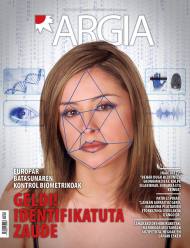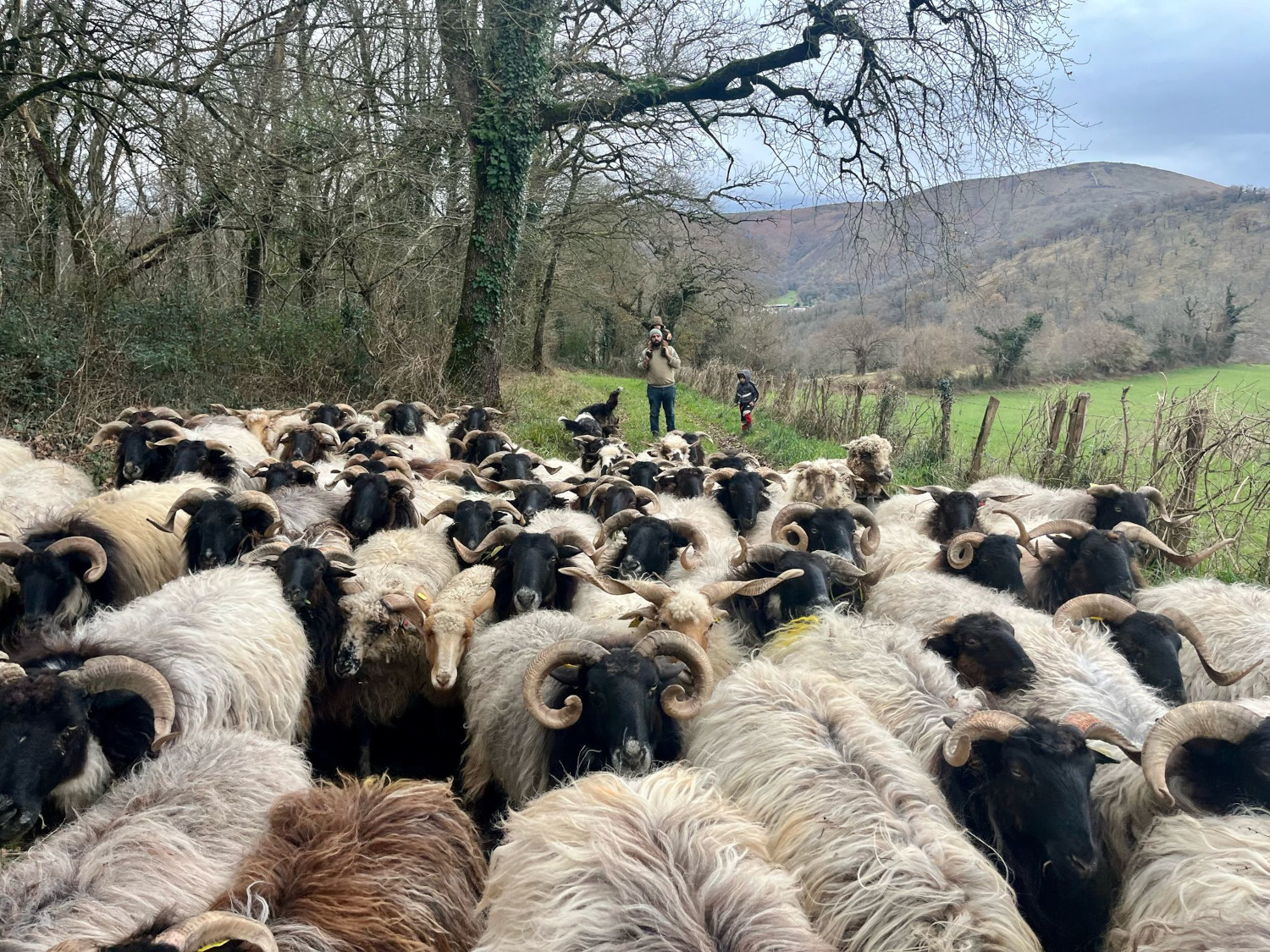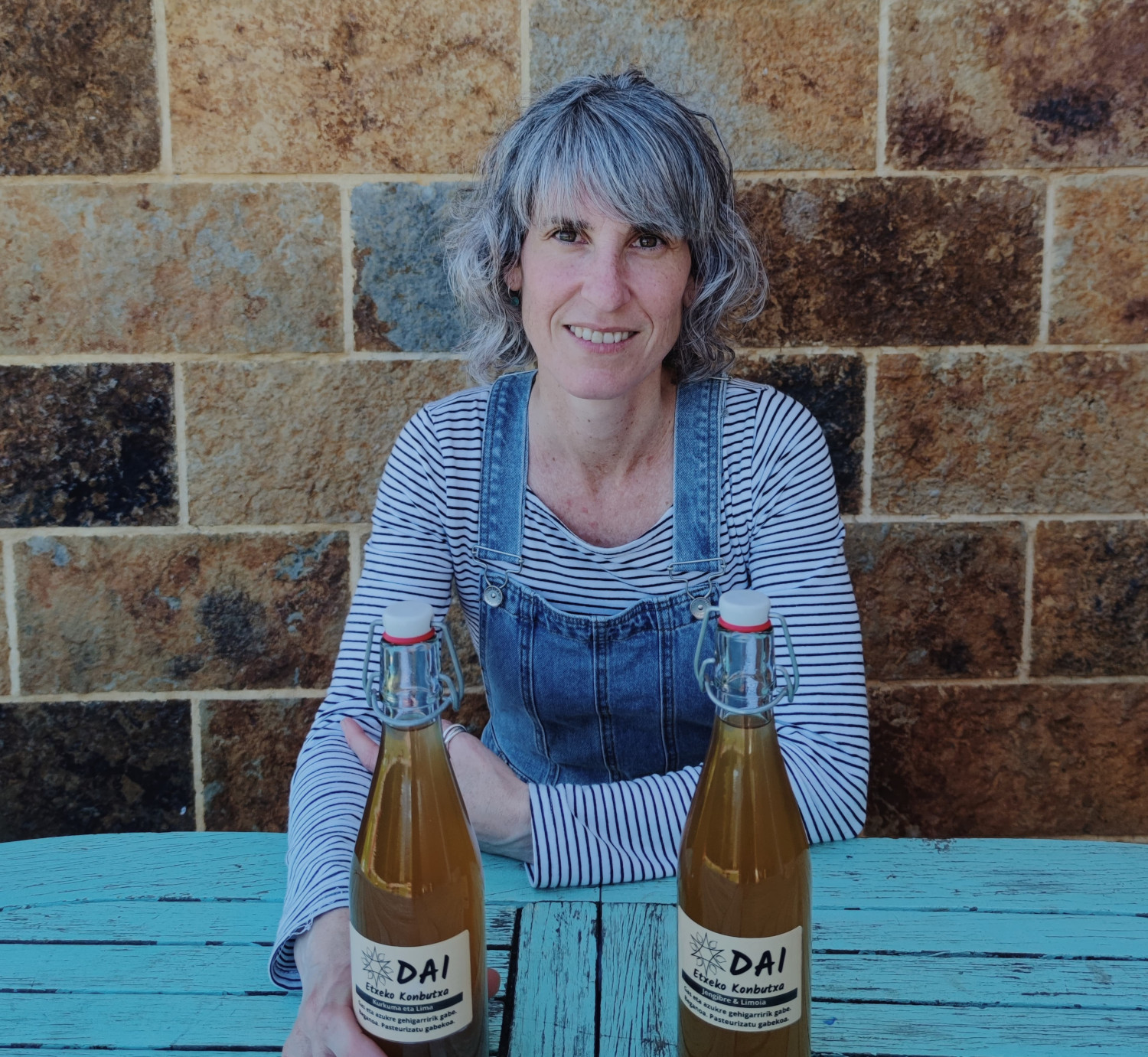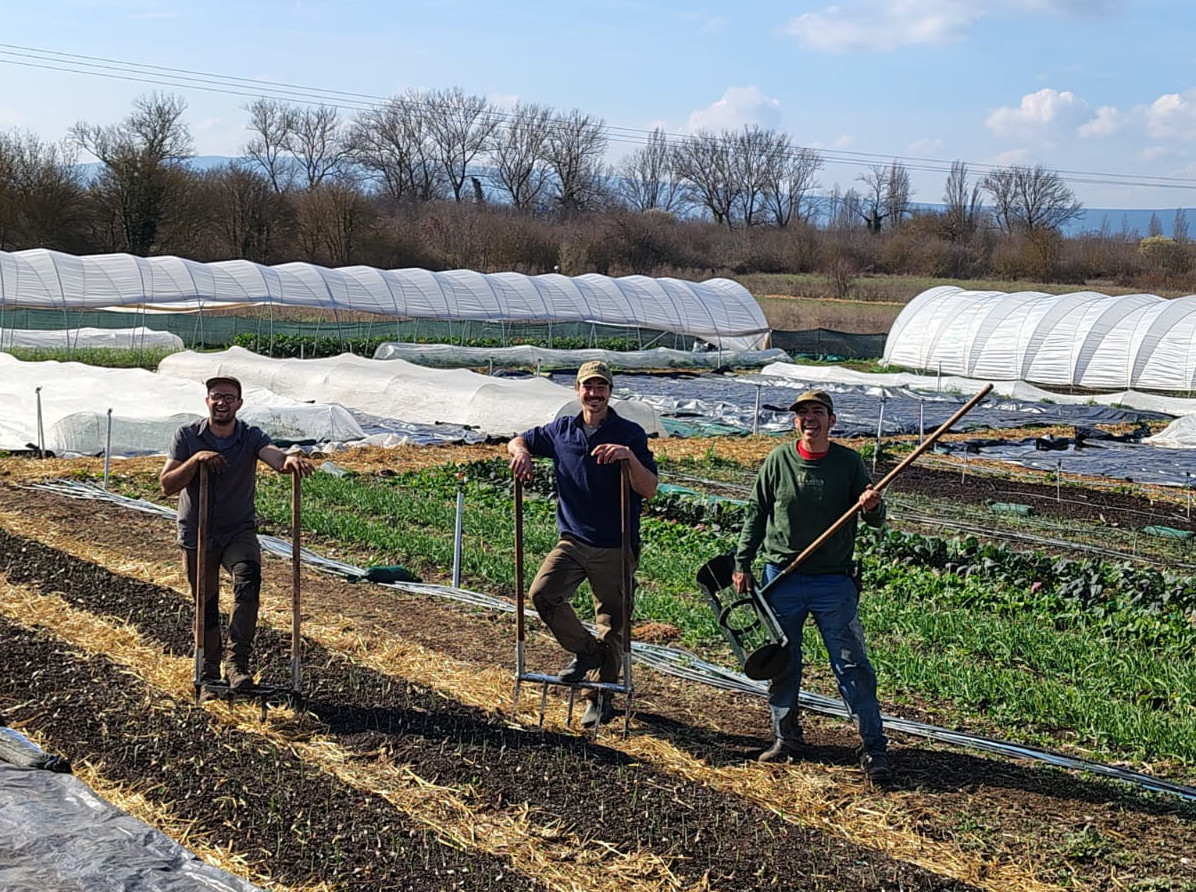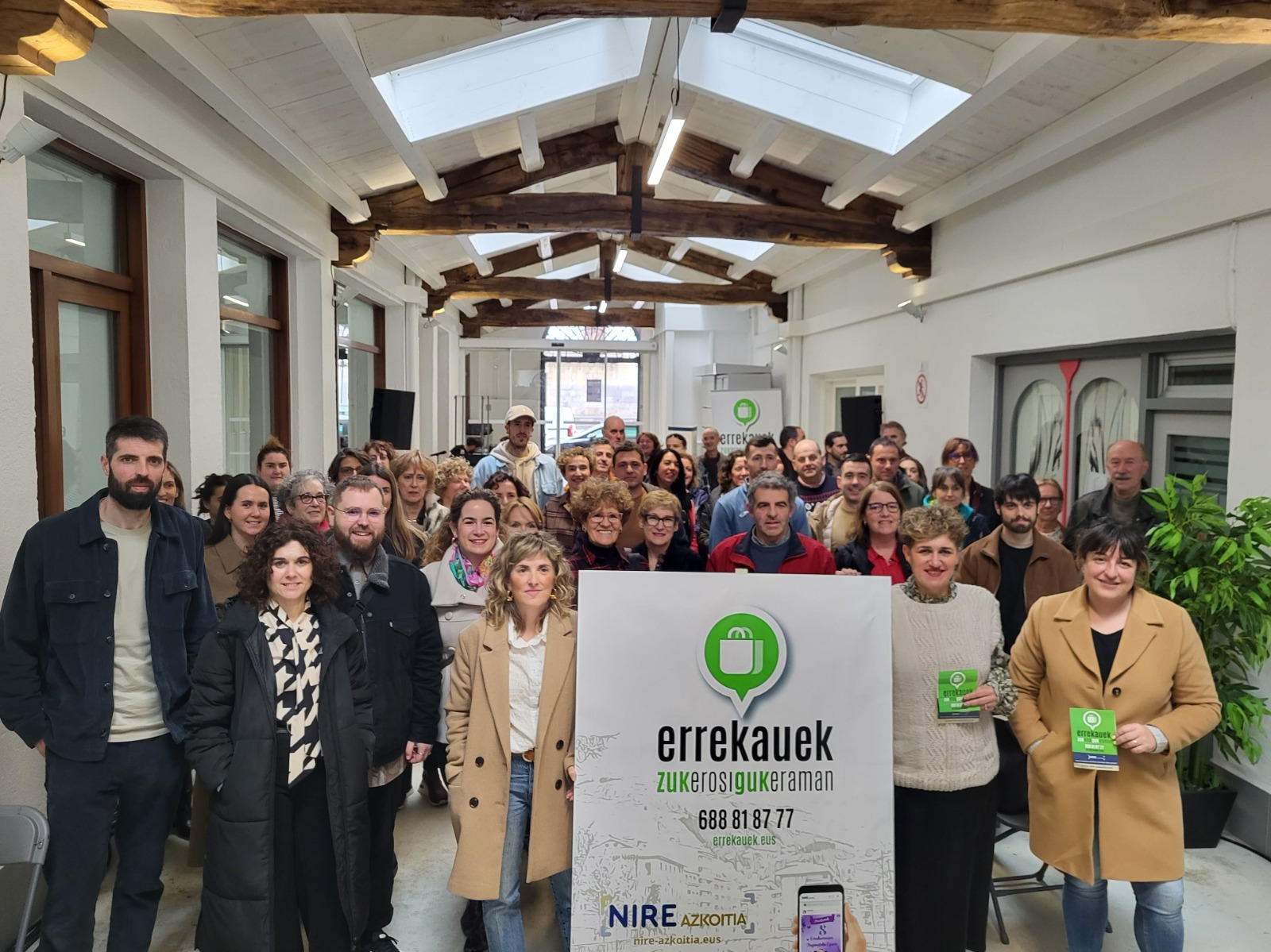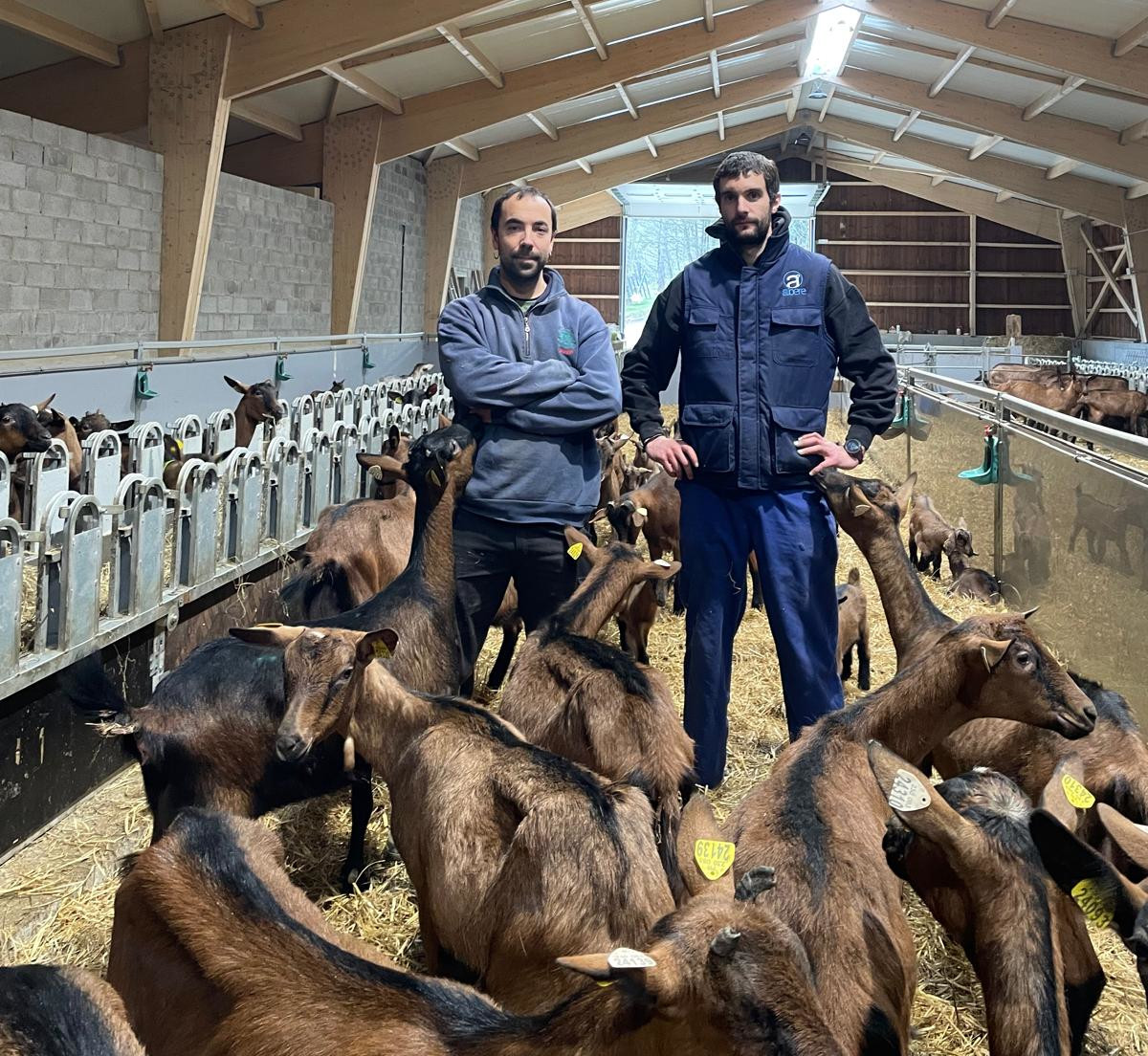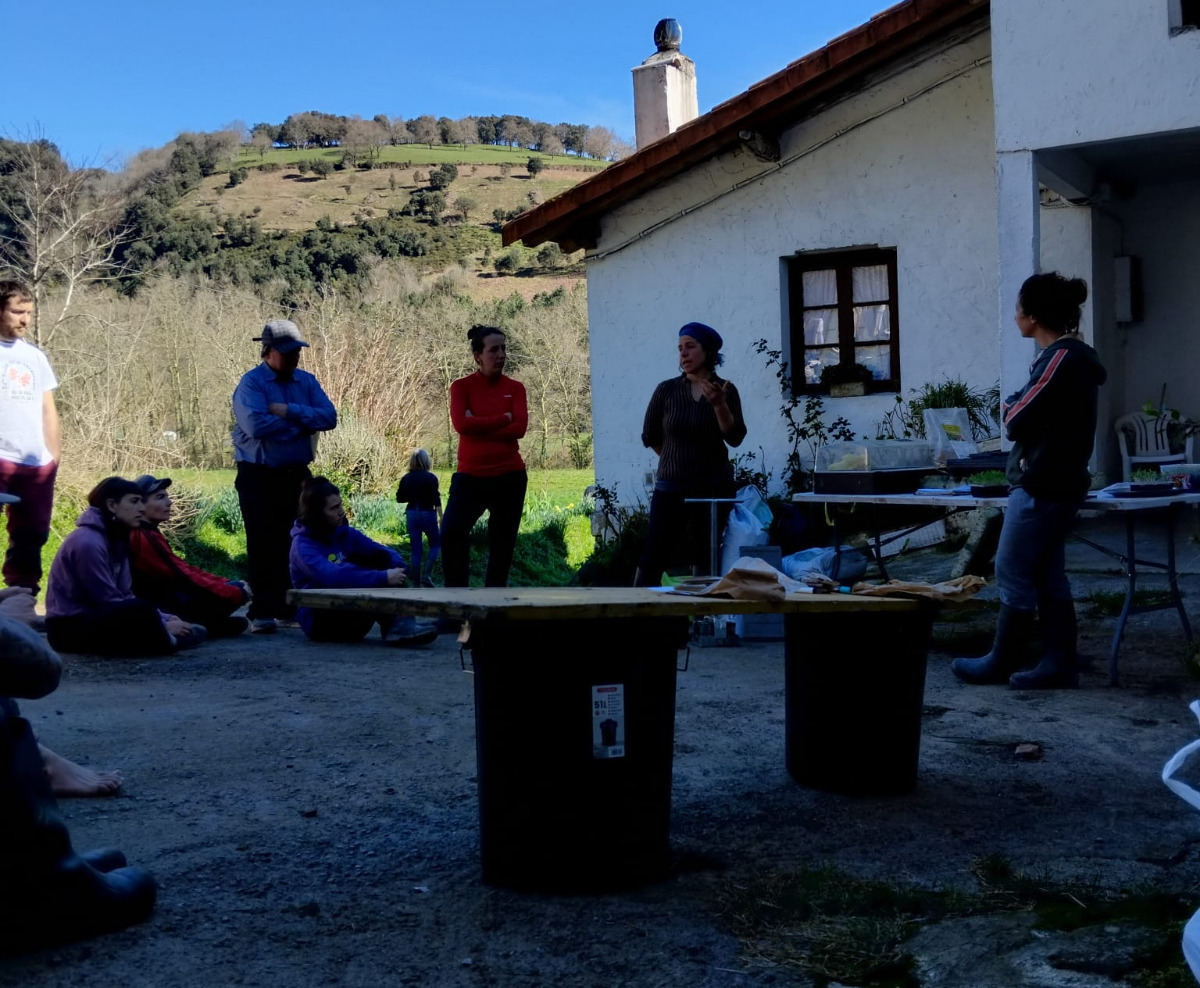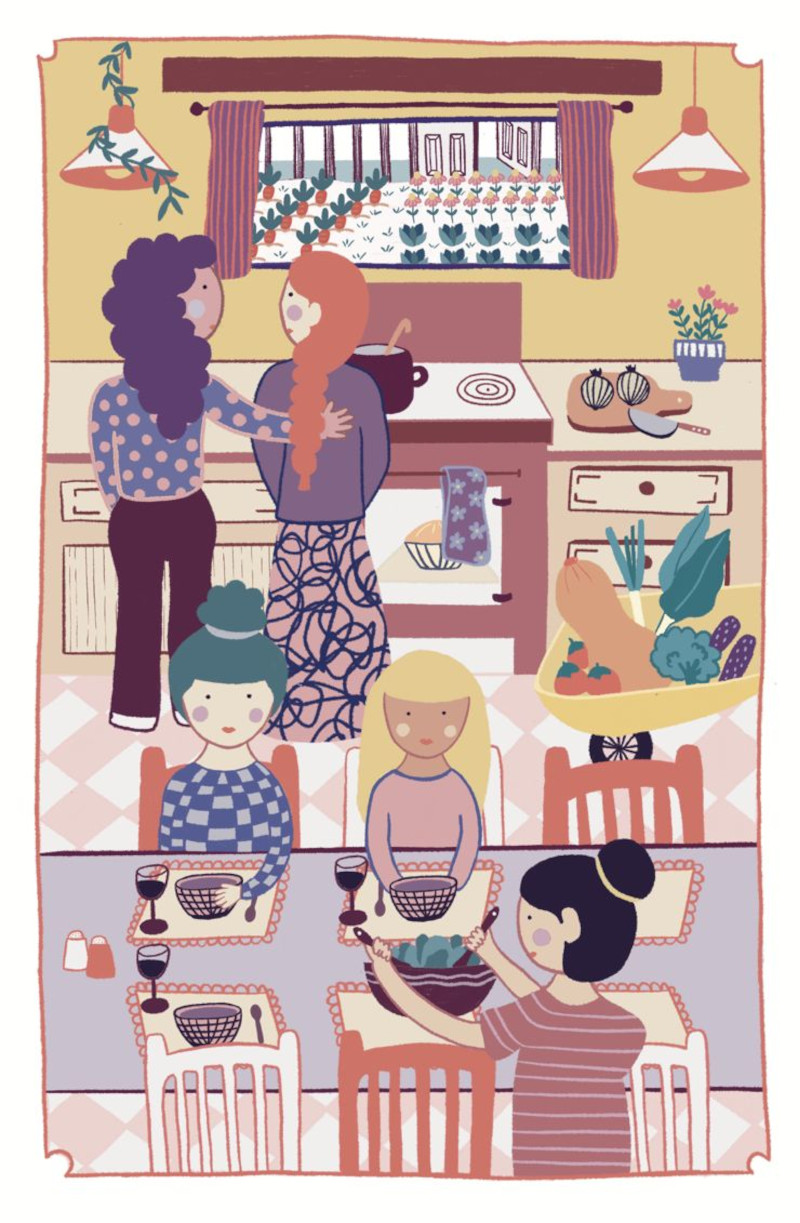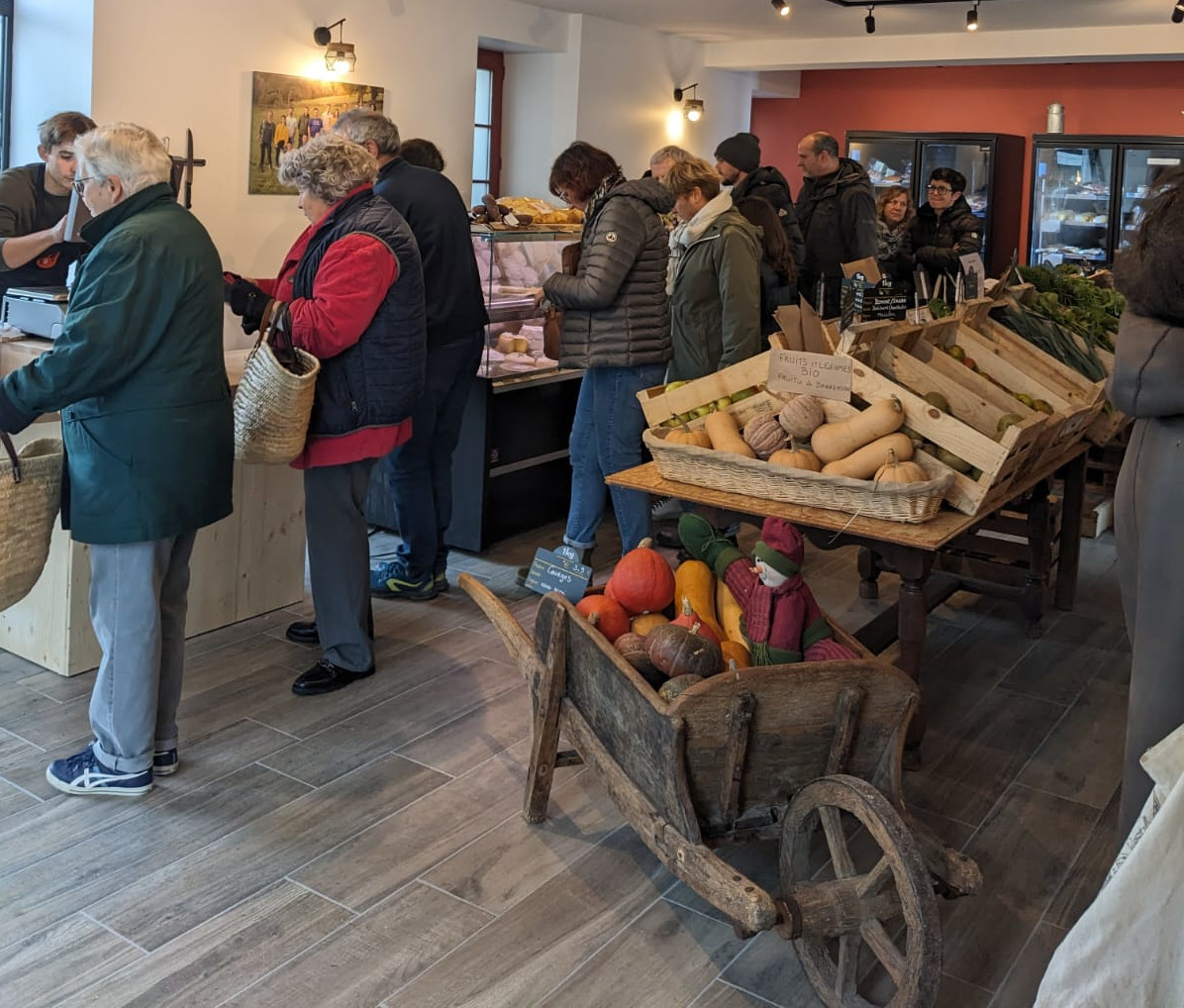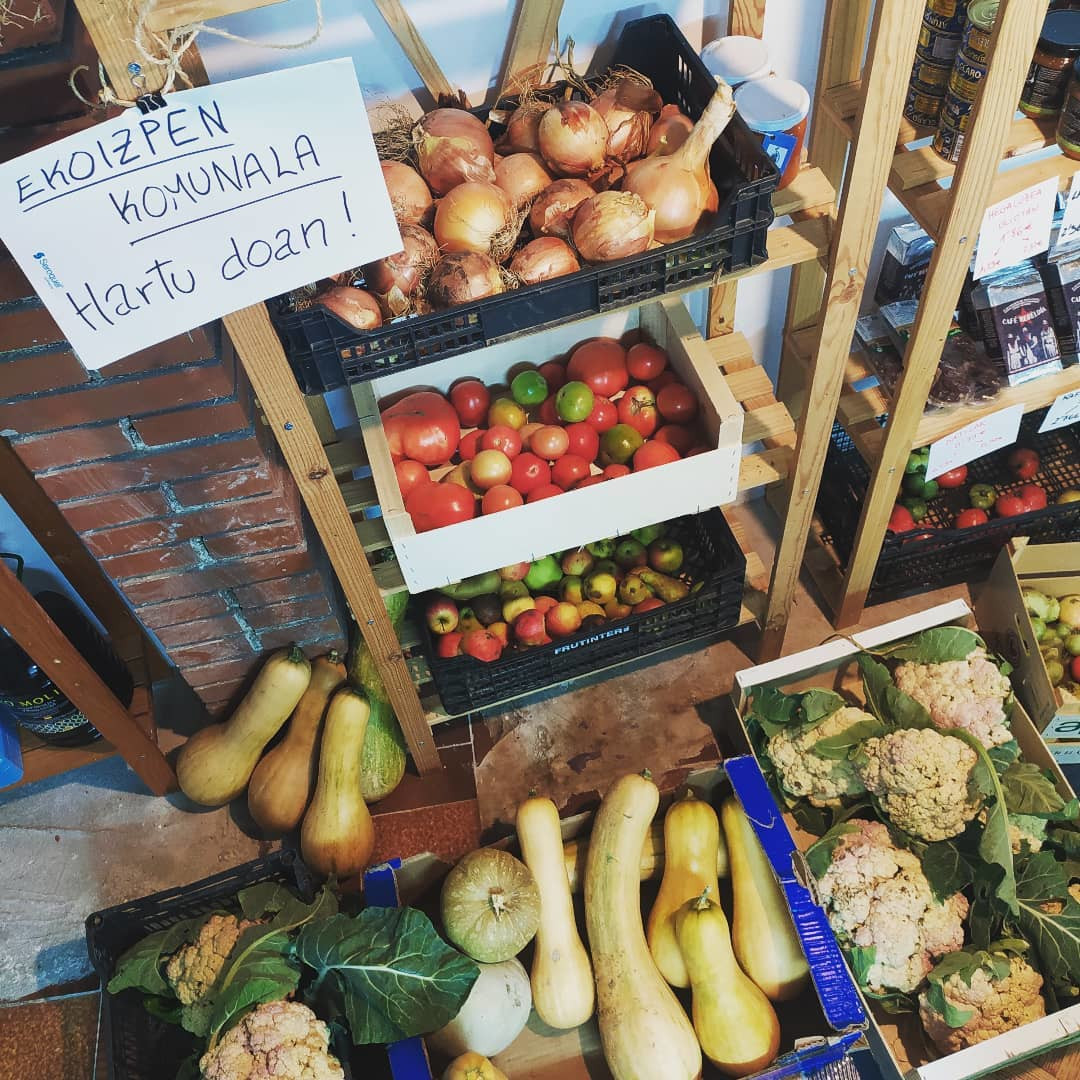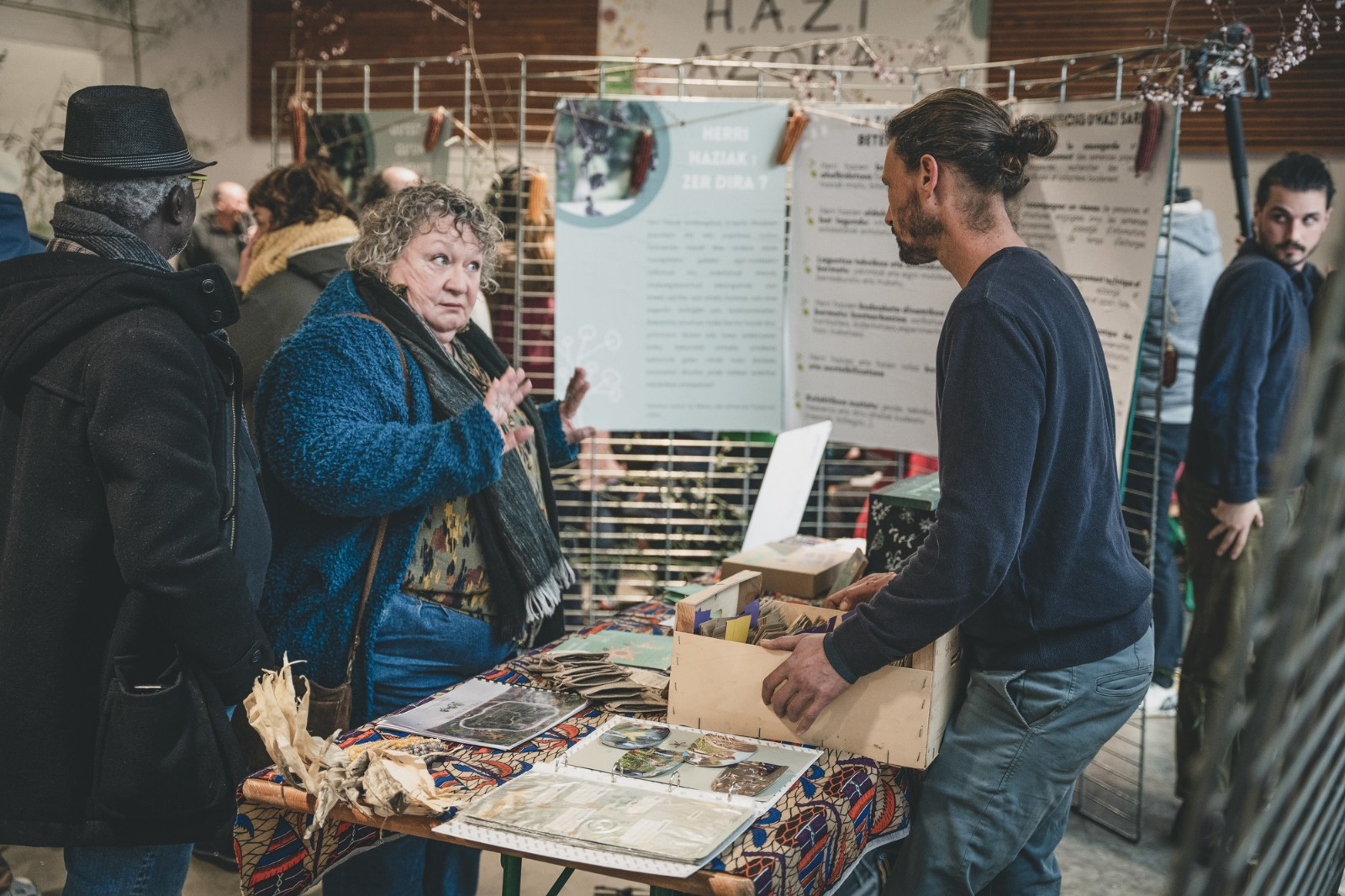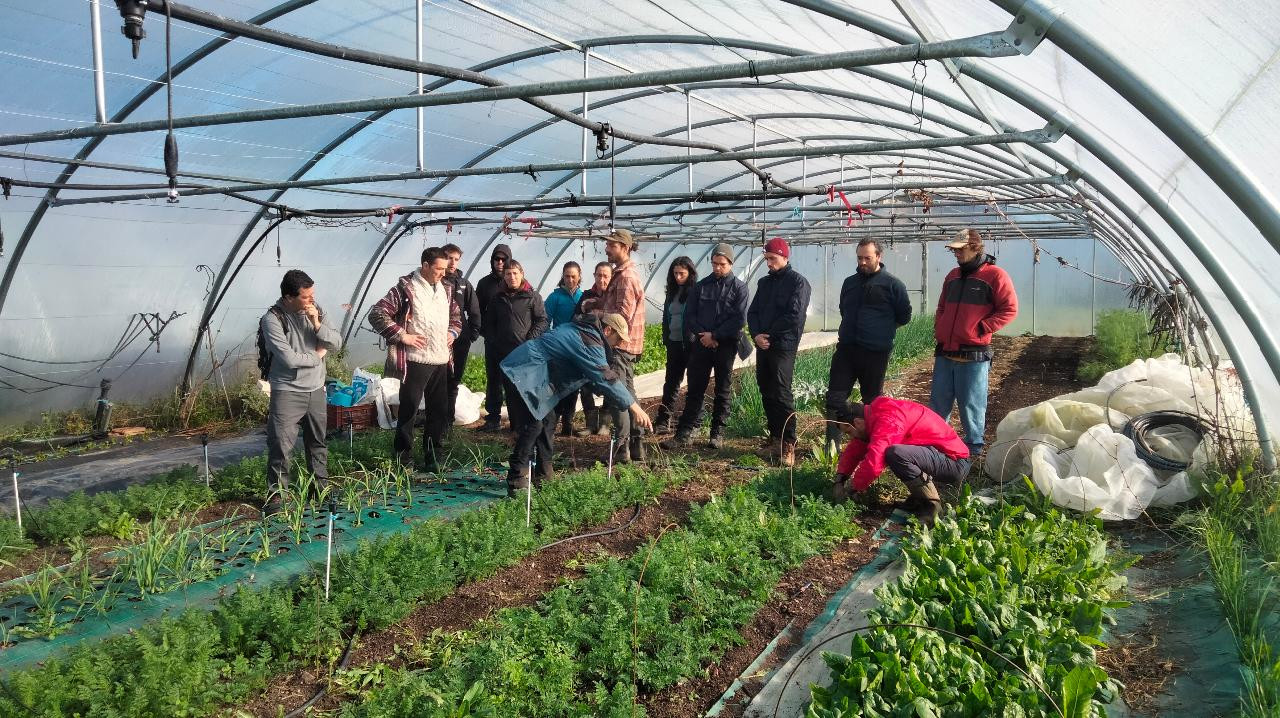Álava potato of Bergarese origin?
- Through the first references of potato crops in the Basque Country we have learned that in 1776 the priest Rafael Garitano Aldaeta started the potato processing experiments in Bergara. The potato that was brought from America and turned into everyday food is one of the few fields that are still cultivated in many farmhouses.
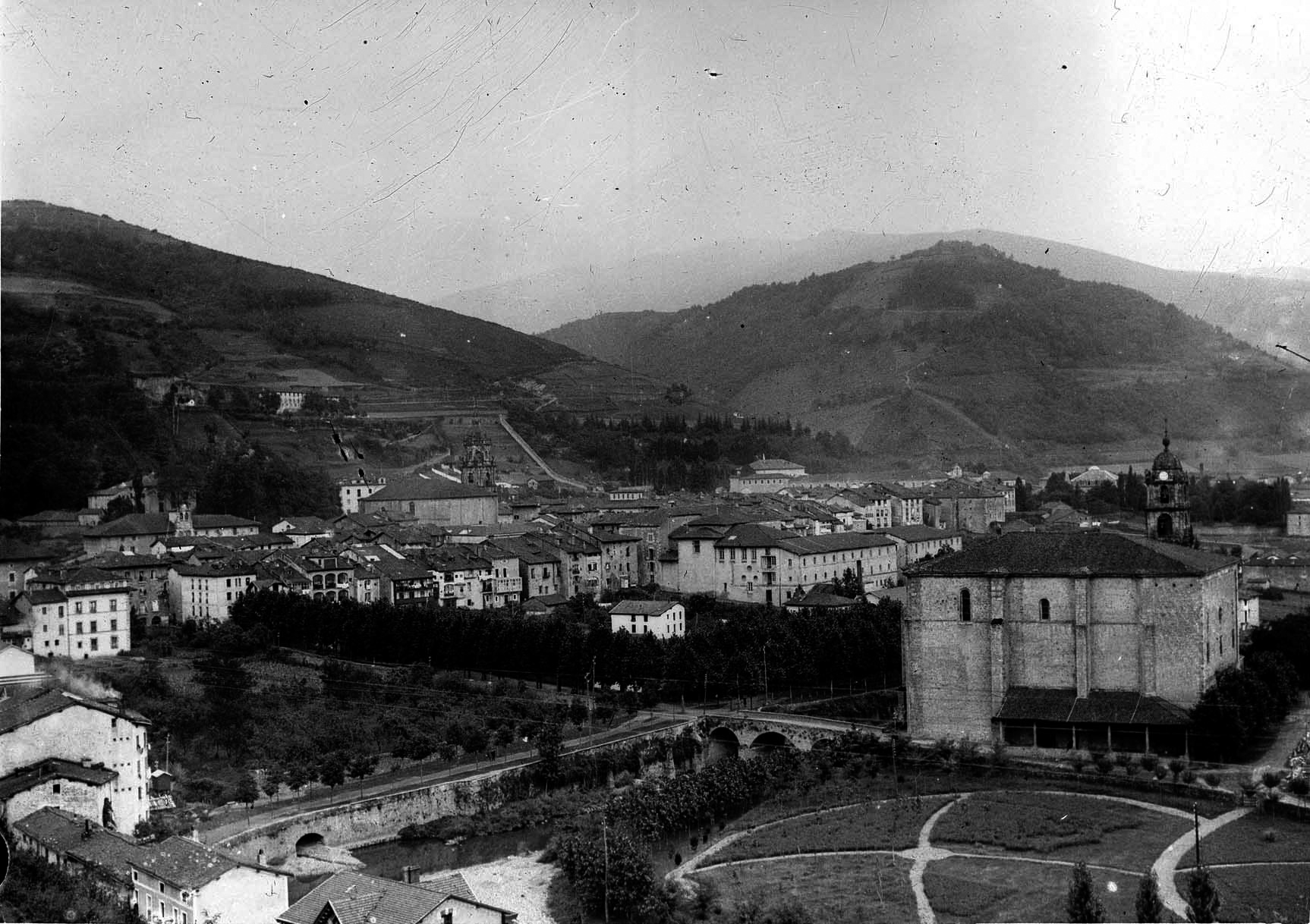
After the European invasion, they brought many new species of plants and animals from America. These opened their doors to new agricultural and livestock models, with great transformations in the socio-economic fabric of European societies, the rural landscape and the diet. This process is often called “the maize revolution”, as this cereal (Zea mays) was the most important of the new products and also the earliest: By the 17th century it was widespread in many regions of the old continent, including the Atlantic side of the Basque Country. As for other products, very little is known. Allubia (Phaseolus vulgaris), tomato (Solanum lycopersicum), potato (Solanum tuberosum) or bell pepper (Capsicum annuum) were known in Europe since the 16th century, as they appear in numerous herbaries and prescriptions of that time, among which is the Canadian Pietro Andrea Mattioli in 1597 or Gertoard. However, when and how did they spread, how did they grow and what use did they have?
To answer these questions, the Koldo Mitxelena library in Donostia has a small treasure: In particular, a document with the first references to potato crops in the Basque Country. The texts are contained in the minutes of the annual Assemblies held by the Royal Bascongada Society of the Knights of Azkoitia between 1771 and 1793, under the title of Extracts from the General Meetings held by the Real Sociedad Bascongada de los Amigos del País. Among other issues related to agriculture and the rest of the economy, the association addressed the experiments with potato crops in the 1770s and 1780s, highlighting their innovative character.

First experiments on potato crops: From the orchard of the illustrated priest of Bergara to Álava
The potato originates in the Andes and the Europeans, upon reaching America, were the usual cultivation among the societies of the new continent. It seems that he was brought to the Basque Country for the first time from Ireland, when he was already known in other European countries. From 1765 it seems that it was introduced in Hondarribia, and soon afterwards it is also mentioned in Bilbao, Begoña, Gabiria, Legazpi and Bergara.
In the latter town, the first systematic experiments of stabilization of the new crop began, at the initiative of the parish priest of Santa Marina de Oxirondo, Rafael Garitano Aldaeta. In the history of Euskal Herria the figure of the reactionary or Carlist cleric may be very present, but in this case it seems that we are before an enlightened priest with a great scientific curiosity. In addition to being in contact with the Association of Friends, we know that he was aware of the progress made in other European countries. He knew, for example, the work of the French hygienist Antoine-Augustin Parmentier, who proposed to make potato flour. And so he decided to start experimenting with potato crops.
The parish priest chose two of his orchards to experiment with the potatoes. There the rest of the fruits, wheat, corn or turnip, deteriorated, because it was a fabulous place, people went unabated and, as the house was close, chickens and chickens ate seeds. In a few years, it seems that the grain was able to grow surprisingly, and the new crop quickly expanded through the counties around Bergara, to become a regular product in the villages of the entire Atlantic side.
In the first half of the 19th century, potato crops also spread to Álava, giving rise to a tradition of great success. In this way, the results of the experiments that the Association of Friends set in motion in the previous decades were fundamental. In fact, several members of this association became senior officials of this country’s Deputy and had the opportunity to apply the ideas illustrated from the administration.
Not to sell, to feed those at home
As usual in Europe, the potato was used from the outset to feed the animals; in the 1780 assembly it was mentioned that “a lot of maize could be saved if the birds (especially the capons) feed on potatoes, which prefer cooked potatoes to maize”. But it could also be used to feed human beings. In Hondarribia, for example, it was consumed cooked and roasted. The priest of Oxirondo, for his part, used the potato to make bread pasta, mixing it in equal parts with corn or wheat flour. In Legazpi they also used the same recipe.
.jpg)
Compared to maize or allubia, the potato spread late in the Basque Country and in Europe in general, but, once it was conditioned, it stabilised firmly. In fact, unlike other products, the potato was normally not intended for the market or for the payment of incomes, but for self-consumption. It was a simple people's meal. By the 19th century, the diet of a large part of the European rural population was based on this product and, in the 1840s, when the plague of the fungus Phytophthora infestans collided with the potato, scarcity caused several regions to be severely punished. The most extreme example is probably that of Ireland, where the diet of the peasants of that country was almost exclusively based on the potato as a result of the social inequalities caused by English colonialism, and whose consequences aggravated the consequences of An Drochshaol or ‘The Great Hunger’.
The experiments of that illustrated priest of the 18th century therefore have a long shadow. In the current Basque Country, potato is still a typical element of the rural landscape and gastronomy. The one from Álava is protected with the Eusko Label seal and is present in all the stereotypes surrounding this country. In the Cantabrian slope, where the polylabortanza of yesteryear is in a slow decline, in many farms potatoes can be found among the least products that are still being worked.
Duela lau urte abiatu zuten Azpeitian Enkarguk proiektua, Udalaren, Urkome Landa Garapen Elkartearen eta Azpeitiako eta Gipuzkoako merkatari txikien elkarteen artean. “Orain proiektua bigarren fasera eraman dugu, eta Azkoitian sortu dugu antzeko egitasmoa, bere izenarekin:... [+]
Donostiako Amara auzoko Izko ileapaindegi ekologikoak 40 urte bete berri ditu. Familia-enpresa txikia da, eta hasieratik izan zuten sortzaileek ile-apainketan erabiltzen ziren produktuekiko kezka. “Erabiltzaileen azalarentzat oso bortzitzak dira produktu gehienak, baina... [+]
Ubidekoak (Bizkaia) dira Imanol Iturriotz eta Aritz Bengoa gazteak. “Lagunak gara txikitatik, eta beti izan dugu buruan abeltzaintza proiektu bat martxan jartzeko ideia”, azaldu du Iturriotzek. Nekazaritzari lotutako ikasketak izan ez arren, baserri munduarekin eta... [+]
Iruñean bizi ziren Iñaki Zoko Lamarka eta Andoni Arizkuren Eseberri gazteak, baina familiaren herriarekin, Otsagabiarekin, lotura estua zuten biek betidanik. “Lehen, asteburuetan eta udan etortzen ginen eta duela urte batzuk bizitzera etorri ginen”, dio... [+]
Gipuzkoako hamaika txokotatik gerturatutako hamarka lagun elkartu ziren otsailaren 23an Amillubiko lehen auzo(p)lanera. Biolur elkarteak bultzatutako proiektu kolektiboa da Amillubi, agroekologian sakontzeko eta Gipuzkoako etorkizuneko elikadura erronkei heltzeko asmoz Zestoako... [+]
Emakume bakoitzaren errelatotik abiatuta, lurrari eta elikadurari buruzko jakituria kolektibizatu eta sukaldeko iruditegia irauli nahi ditu Ziminttere proiektuak, mahai baten bueltan, sukaldean bertan eta elikagaiak eskutan darabiltzaten bitartean.







